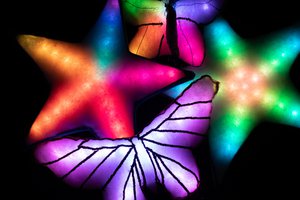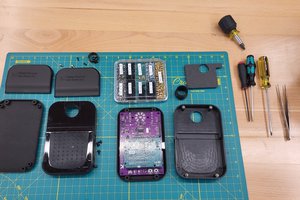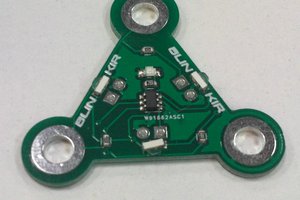Tetris is a great game, and I wanted a way to integrate it into my living room. For this, I got an IKEA table for ~$7 that I am going to cut out and place in the PCB's that are the individual pixels for the table.
The table top will become a clouded acryllic which I will need to source from somewhere, or clouded glass to diffuse the 4 individual LED's that are on each board into a solid square.
 Lucas Rolfes
Lucas Rolfes

 Sander van de Bor
Sander van de Bor
 Stefan-Xp
Stefan-Xp
 Supplyframe DesignLab
Supplyframe DesignLab
 Gee Bartlett
Gee Bartlett
this kind of sounds like Make's music visualizer table, check it out on makezine.com. I'd give you the issue number, but i don't have it handy at this time.